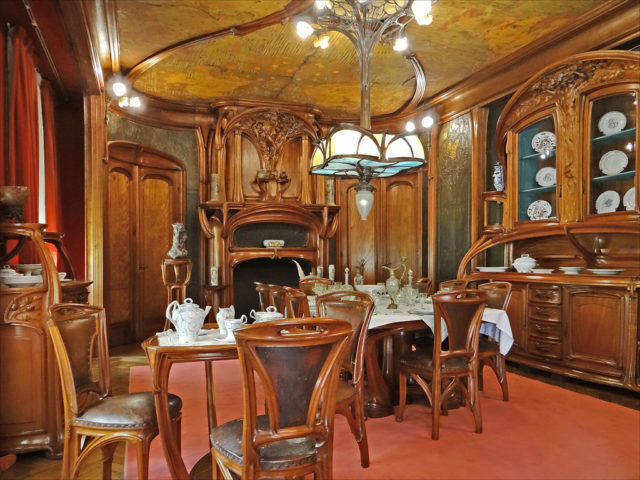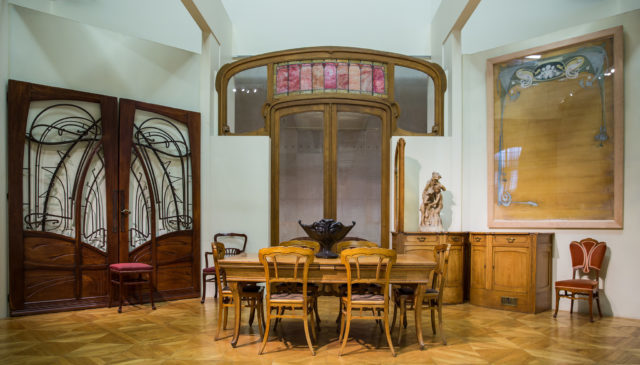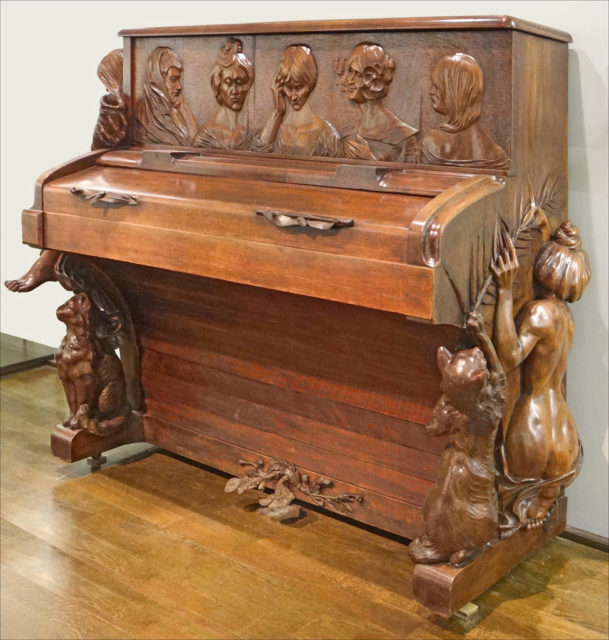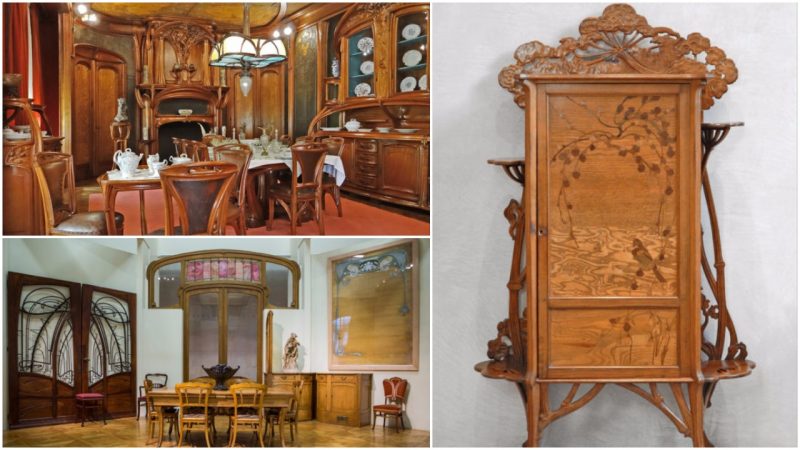It’s called Secessionsstil in Austria, Modernismo in Spain, Jugendstil or Reformstil in Germany, Secesja in Poland, and Stile floreale in Italy. Different names, different countries, some differences in style but the same idea: Art Nouveau. The international “new art” style was particularly popular between 1890 and 1910.
It rapidly developed as a transition between old and new. Art Nouveau marks a moment in time when new young artists wanted a radical change in various areas, and it’s is often referred to as the first modern style. It started as a response to the rapid development of technology, mass production and the academic arts of the 19th Century. Art Nouveau had an impact primarily on architecture, graphic art, painting, and sculptures, but it also left its mark on applied art and interior design, especially in decoration.
Art Nouveau is a linear style inspired by natural forms and structures. The ornamentation is based on the distinctive lines and shapes of flowers and plants. Design and production of curving forms in this period was usually very complex and expensive.



Furniture, as well as doorknobs, carpets, and other interior details, was mostly designed by the architects. It was polished or varnished, but the shiny, elegant finish was essential.

Most of the Art Nouveau furniture was produced in factories using typical techniques of manufacture, prompting the international Arts and Crafts Movement to criticize continental Art Nouveau for not being “honest,” since one of their principles was to adhere to the manufacture of items by hand.

But Art Nouveau furniture was a conscious step away from the craft tradition. Suddenly, a desk escaped its traditional rectilinear constraints and received new dynamic curves. Shapes of leaves, branches, animals, and many other natural forms were now commonly seen on the back of a chair or another furniture surface. Asymmetry was suddenly interesting.

Art Nouveau practitioners included several versatile artists, mostly architects, who contributed to furniture design as well. Most famous among them were Charles Rennie Mackintosh in England, Antoni Gaudi in Spain, Hector Guimard in France, and Victor Horta in Belgium.

Mackintosh’s style was a contrast between right-angles and floral motifs, while Gaudi was classed as a modernist, often decorating furniture and interiors according to the owner’s taste, always with the aim of creating an intimate and comfortable atmosphere.

Guimard was devoted to the harmony of linear design and practical function. His style was unique, based on natural forms yet remaining abstract. Horta used a minimum of decoration and robust curving lines, considering that post-war strictness marked out Art Nouveau furniture as no longer fashionable and affordable.

These are just some of the many notable artists who had a prominent influence on this period. Even then, they all had their own characteristic styles. But they were united in a tendency to present the vitality of life through objects and ornaments.

In the period of the Art Nouveau movement, people were continually drawn to the new, which explains the amount of work created in such a short time.
Art Nouveau was a revolutionary period in every way. It was the beginning of a new concept of art, pioneering a path for the styles and art forms that were about to appear.
